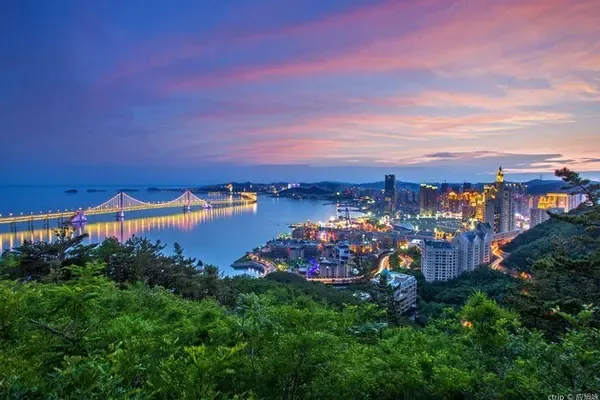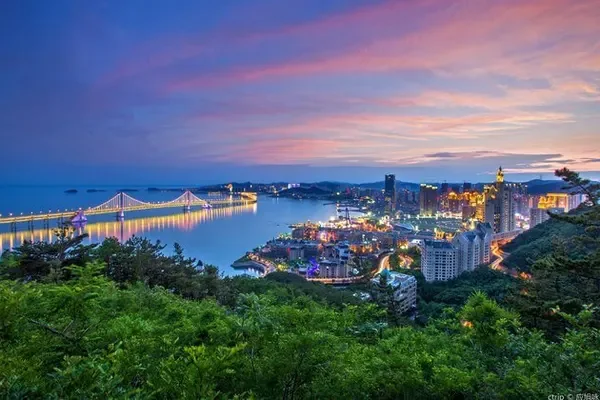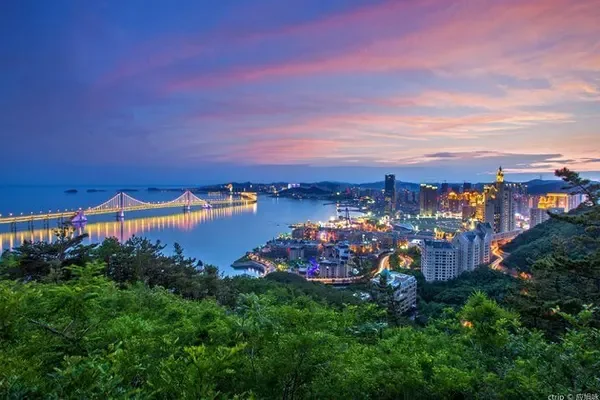"Entering the sandy moraine in the east of Bimochuan River, traveling more than 200 miles, to Nirang City, on Wednesday and four miles, in the big swamp. The swamp is hot and humid, it is difficult to walk, and the reeds are barren and lush, and there is no way to recover. Weiqucheng Road It can only pass through, so people who come and go will come from this city.". ——Xuanzang Bianji's "Da Tang Western Regions" Volume 12
Nirang mentioned in the article is today's Minfeng, which was called Jingjue State in the Han Dynasty. I only knew about this country from the novel "Ghost Blowing the Lantern". I used to think that the Jingjue Kingdom was fabricated by Tianxia Bachang, but after Baidu, I realized that such a small country really existed in history. Not to mention that in this small desert country more than 2,000 years ago, water resources were managed by special personnel and used for a fee; trees were protected, trees were chopped down and horses were punished. The abandonment of it is a mystery. Around the ruins of the ancient city, there are no signs of river diversions or wars and soldiers, and there are no signs of people in the houses and courtyards; a large number of official documents and bamboo slips have just been sorted out, and it is too late to transport them away; even the faithful dog has been forgotten, and it is still tied to the pillars at the door of the house. superior. The Niya people disappeared in such a hurry, leaving only the ruins buried in sand.
Until 1901, Stein came to Minfeng and brutally awakened the city of Niya, which was sleeping in the desert. In the long and narrow ruins area, he found relatively well-preserved residences, cemeteries, Buddhist temples, workshops, and city walls... Most importantly, he found a large number of wooden slips in Kalu and Chinese there. In the 1990s, the Japanese monk Yasuhiro Kojima donated money to sponsor the Sino-Japanese joint Niya archaeological team, which made Niya archaeology a big step forward compared with the past. In particular, a large number of wool and thread fabrics with gorgeous colors and intricate patterns were unearthed, such as the brocade armguards of the national treasure-level cultural relics "Five Stars Come from the East and Benefit China", and the brocade quilts of "Long live the princes and marquises are suitable for descendants".
Yasuyuki Kojima also funded the construction of the Niya Cultural Relics Museum. Unfortunately, I went at a bad time. The old cultural relics museum had just been demolished, and the new cultural relics management had not yet begun.





The once prosperous Jingjue Country was buried under the Taklamakan Desert, and the current Minfeng County may not be suitable for human habitation. When the wind blows, the yellow sand blinds the eyes and drinks the sand. In the face of the wind and sand, human beings have no choice but to stick to it. to retreat.



"Entering the quicksand, the sand will flow everywhere, gather and disperse with the wind, and people will go without a trace, so they will get lost. The surroundings are vast and vast, and it is impossible to know what they are referring to. Those who came in the past gather the remains to remember." - Xuanzang · Bianji " Great Tang Records of the Western Regions Volume 12
The Karamagan Desert is the largest desert in my country and the second largest mobile desert in the world. We crossed the 580-kilometer desert road from Minfeng to Luntai in sandy weather. This longest desert road in the world is like a long black dragon cruising in a sea of sand, undulating and extending along the lowlands of sand dunes. This is the world of sand, the ocean of sand, and the world of sand. There is nothing but sand. The sky and the earth blend together, the yellow sand is endless, what a yellow world. Fortunately, in order to prevent and fix sand, in addition to the sand-blocking fences and grass grids made of reeds along the entire road, there are Haloxylon trees and tamarisks suitable for growing in the desert. In the world of yellow sand, walking with the black dragon to the end of the world has become a unique landscape in the Taklamakan Desert.




Let life be exiled in the vast desert, experience life while walking, and feel the wildness and open-mindedness of life.
D14. Hotan - Fig King, Kaman Mosque (used for other purposes, only for appearance), Niya Cultural Relics Museum (the old museum has been demolished, and the new museum has not yet opened). Su Minfeng
D15. Minfeng - through the Taklamakan Desert. Suluntai


![[Time is like a song, unstoppable footsteps], tell you a beautiful China "Episode 2: The Flower of Spring"](https://www.anyonetrip.com/uploads/202302/14/cda83b1eceaaabf8.webp)
